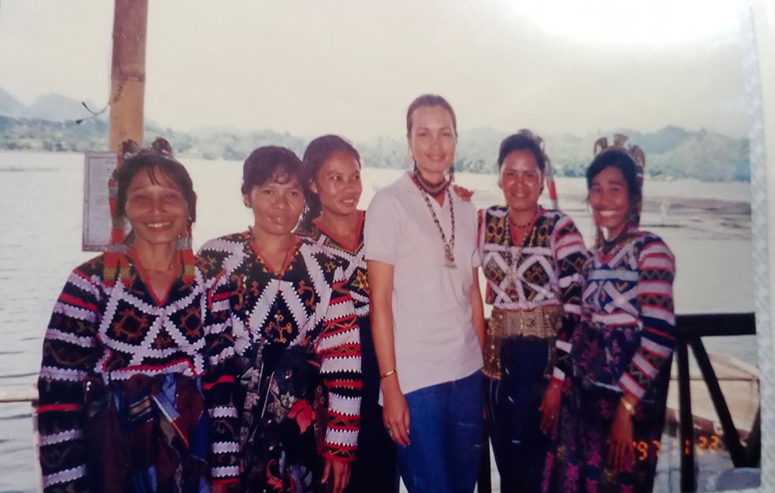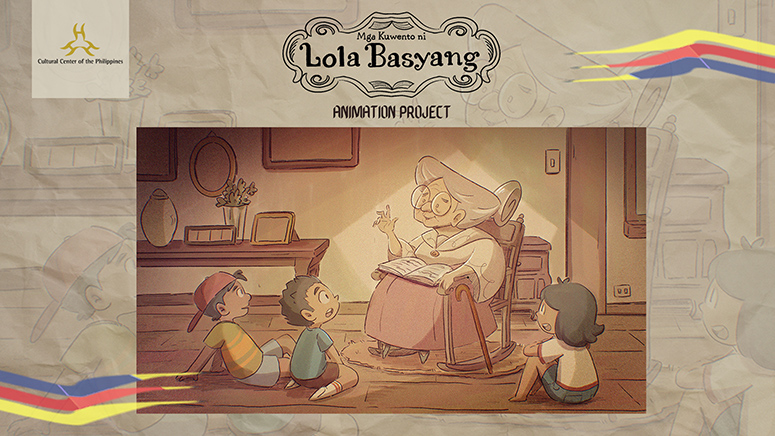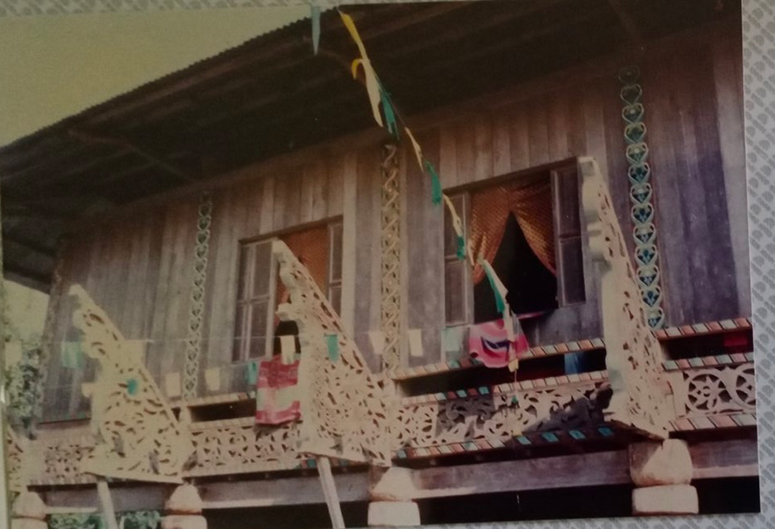Culture is life’s best expression
Culture is the bloodline of any race. We may all be bound together by human instinct, but culture is what defines our disparate environments’ influence on us. It elevates us to global awareness of each other’s more acceptable selves.
Before I embark on any journey, I research what lies ahead, aside from famous landmarks. My target destinations include favored touristic sights, museums, restaurants and theaters, schedules of live performances in music, dance and even lectures that interest me. By the time I board the plane, I have primed myself for these “living-in-the-moment” experiences — aware that this new trip ahead will surprise me anew, and appease my incurable wonder until the time comes to prepare for the next adventure.
I face each trip as if I am an explorer, looking for new experiences and ready to understand the source of the native customs, beliefs and values. My best experiences were a three-week trip to Peru, where ancient mystique and the Spanish influence compelled me to go twice; a trip to Bhutan, where Tibetan Buddhism is deeply ingrained in the native lifestyle; and a cruise to Greenland where we visited a tiny village of Inuits. I also love the United Kingdom and its deep history of monarchy. Traditions and people’s behavior come from their culture, handed down and respected through generations. Indeed, it’s an excellent system for perfecting beneficial practices of aristocracy that continue to be loved by its people.

Moreover, I am always thrilled to be in a country that still upholds age-old practices, wearing its national outfits proudly, highlighting its traditions and honoring ceremonial rituals. This pays tribute to history and architecture by preservation, confidently taking its traditional food to haute cuisine levels for the world to appreciate.
Peru characterizes all these qualities, making patriotic pride an appreciable commodity for its visitors. The Quechua and Aymara cultures in Peru are descendants of the Inca culture. Its language, the typical dresses of women, and traditions are well preserved despite tourism’s influence on their communities. Within the country, one can see the Inca architecture and farming systems in places like Cusco. On the other hand, the colonial city of Arequipa is where the Spanish influence can be best experienced. Their world-class cuisine has developed because of the influx of tourism. Its typical fare of rice, potatoes and corn is mixed with Spanish, Basque and Asian influences. Predominantly Catholic, I was there during their celebration of Corpus Christi and was surprised that a few blocks away was a voodoo market where objects intended for black magic and protection are sold.
The outside world hardly influences Bhutan as it preserves its culture based on Tibetan Mahayana Buddhism. Religion manifests in their values, in how they lead their lives, their architecture and food. The use of traditional attire every day is mandated. These values are echoed in their literature and appreciated in their music. Bhutan is the only carbon-negative country in the world. It is no wonder that the Bhutanese are the “happiest people.”

Cruising along the arctic coast of East Greenland, we docked in the only inhabited small settlement town of Ittoqqortoomiit. Its population of 350 are called Greenlandic Inuits. Although educated by the Danes, they live a simple life with no class structure in their society. They strongly believe in fate and their limited property rights — except for hunting gear — are shared.
Learning about other people’s cultures expanded my appreciation of our own country’s culture. I have traveled all over the country; Mindanao is the most colorful. For a coffee table book I published and a TV show on Mindanao, I traveled from the Turtle Islands to every province in the region.
I wish for people to remain curious about our heritage by reading and storytelling. I am thankful for the God-given sense of adventure and native inquisitiveness that have led me to be a curious and tireless pilgrim
I count myself as fortunate to have interacted with most of the ethnolinguistic tribes of Mindanao. This exposure made me thankful to know how diverse our culture is. Mindanao has its own culture. It is believed that our people’s ancestors are Austronesians, perhaps migrating through Indonesia.

Our history goes back as early as the 9th century with the arrival of the Chinese Hans that interacted with the local Austronesians. Later, Indonesia’s Arab and Indian influences influenced Mindanao’s culture.
There are 18 Lumad ethnolinguistic tribes (Atta, Bagobo, Banwaon, B’laan, Bukidnon, Dibabawon, Higaonon, Mamanwa, Mandaya, Manguwangan, Manobo, Mansaka, Subanon, Tagakaolo, Tasaday, Tboli, Teduray, and Ubo). Among the Bangsamoro, there are 13 ethnolinguistic tribes (Iranun, Jama Mapun, Palawani, Molbog, Kalagan, Kalibugan, Maguindanao, Maranao, Sama, Sangil, Tausug, Badjao, and Yakan.

Their way of life differs for each linguistic group. There was a time when I was in Lake Cebu on a Saturday market day when the Tboli tribes wore their traditional attire; I also met up with a group of Tasaday men that descended from their dwellings in the mountain. I have been to Talaingod in Davao del Norte, where Ata-Manobo women still wear weights on their ear lobes to lengthen their ears as a sign of beauty. The Sama women in Simunul in Tawi Tawi still paint their faces with a paint called burak. These days, however, you see the younger ones in traditional attire only during fiestas. This, however, is still a way of preserving tradition by continuing the craftmanship of fabric weaving, mat weaving, and basket making.
The western people of Mindanao have a distinct cuisine. My favorite in Sulu was manok pianggang, a chicken broth blackened by burnt coconut but tasting like tinola. My host told me that Jolo is well-known for its coffee shops because meetings and entertaining are done over breakfast. My palate longs for alupihang dagat and cruacha with the famous Alavar sauce.
Progress and the influence of digital technology have an impact on our culture. Modernizing and being innovative is fine for adapting to what is new. But it is also valuable to use technology to preserve traditional stories through animation, using traditional instruments in music composition or preserving culture through game development. I wish for people to remain curious about our heritage by reading and storytelling.
I am thankful for the God-given sense of adventure and native inquisitiveness that have led me to be a curious and tireless pilgrim — and, incidentally, an enthusiastic shopper who ends up with significant collectibles from my frequent journeys.



